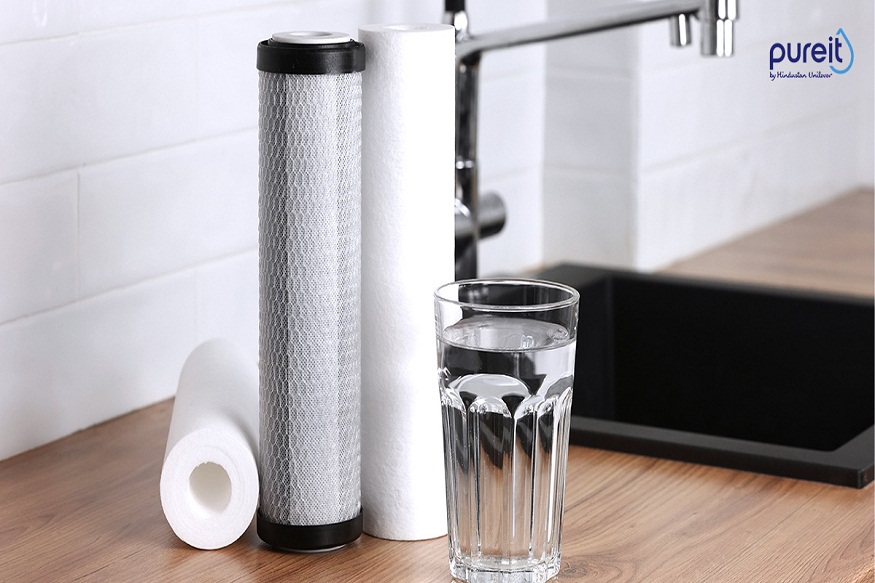
AD The story of human progress is linked to our ability to manage this essential resource – Water. Throughout history, we’ve engineered technologies to store, transport, and purify water for our very survival. But our focus extends beyond simply meeting basic needs. Even before sophisticated water purifiers near me were invented, people valued clean water, resorting to simpler methods to achieve some level of purification.
Early Efforts
The earliest evidence of water purification dates back to 2000 BC. Sanskrit and Egyptian writings mention techniques like boiling, straining through sand or charcoal, and sun exposure. These rudimentary methods laid the foundation for future innovations. The ancient Greeks, known for their intellectual pursuits, also understood the importance of clean water. These early efforts, while basic, served as a testament to the human desire for safe drinking water.
Medieval Advancements: Innovation and Invention
The Middle Ages experienced a better focus on water purification, particularly in Europe. Research papers say that traders used to carry leather bags filled with sand or charcoal to filter water on the go. The Romans always known for their engineering powers were famous for constructing Roman Aqueducts – a channel used to transport fresh water from mountain to cities. While not technically purification methods, these Aqueducts helped source cleaner water by reducing contamination during transportation.
Industrial Revolution: A Catalyst for Change
The 18th and 19th centuries ushered in the Industrial Revolution, bringing with it an influx of pollutants into water sources. The need for more effective water purification methods became paramount. The discovery of chlorine’s disinfecting properties in the late 19th century revolutionized water treatment. Chlorination became a widespread practice, significantly reducing waterborne diseases like cholera and typhoid.
20th Century and Beyond: Refining the Science
The 20th century saw further advancements in water purification technology. The invention of Reverse Osmosis (RO) in the 1950s allowed for the removal of a broader range of contaminants, including dissolved salts and minerals. In 1949, the University of California, Los Angeles (UCLA) became a trailblazer in desalination research. They explored using osmosis and semipermeable membranes to remove salt from seawater, a promising approach for creating freshwater. However, despite this achievement, the technology wasn’t commercially viable at the time due to a high rate of water flow (flux) through the membranes.
Looking Forward: The Pursuit of Cleaner Water
The quest for clean water continues in the 21st century. Emerging technologies like nanofiltration and microfiltration are pushing the boundaries of water purification. Pureit Revito series comes with #Best-in-class Filtration technology to remove a wide range of contaminants including heavy metals. This way, the purifiers overcome the challenges of ensuring easy access to clean water.
Conclusion:
The history of water purification is a testament to human ingenuity and our unwavering commitment to safeguarding our health. From ancient practices to cutting-edge technologies, this journey highlights the importance of clean water for human well-being. As we move forward, continued advancements in water treatment will be essential for ensuring a sustainable future with clean water for all.
Disclaimer
#The RO membrane used in Pureit Revito Series is tested and certified by WQA to NSF/ANSI 58 for material safety. This RO membrane was tested by WQA in a surrogate system for the reduction of Cadmium, Chromium III. WQA cannot confirm that the component will yield the same performance when used in any other, non-tested system. See WQA.org for details. In comparison to leading RO devices, in comparison to life of RO membrane

